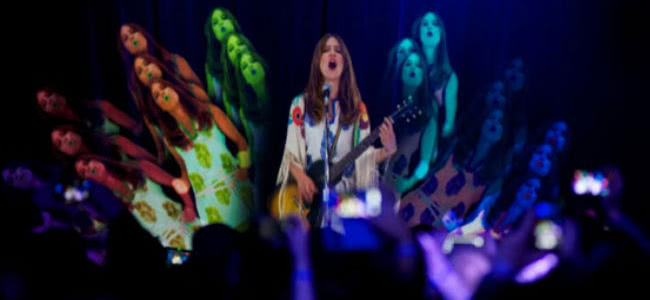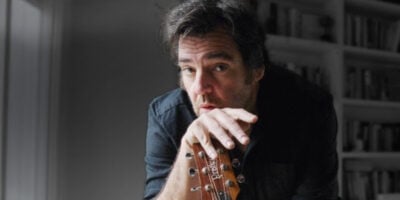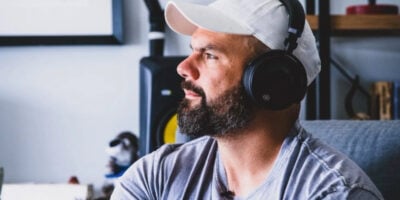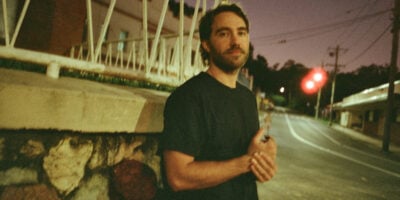When the Tupac hologram appeared during Snoop Dogg and Dr Dre’s set at Coachella 2012, it kick-started what many saw as a new phase in music performance. If a long-dead, but still much-loved rapper could be ‘resurrected’ through smoke, mirrors, and some very expensive tech, who else could be brought back from the musical grave?
While the floodgates opened up on the potential of who could be brought back (including Kurt, Elvis, INXS frontman Michael Hutchence, and even The Aztecs frontman Billy Thorpe for last year’s Long Way To The Top legacy tour), Canadian musician Leslie Feist and a leading telecommunications company have instead taken a different approach to the hologram phenomenon.
The 37-year-old singer-songwriter played to fans in Vancouver, Toronto, and Montreal simultaneously, as part of a launch for the Samsung Galaxy S4 smartphone, thanks to the latest in holographic technology, SPIN reports.
As a collaboration between Samsung and holographic projection makers Musion, Feist was beamed to three Canadian cities at once, giving a dazzling light and sound performance of ‘How Come You Never Go There’ – the lead single from her fourth and latest studio album, 2011’s Metals. “To get a chance to be a hologram is kind of playing into every childhood fantasy dream of the magic of smoke and mirrors.” – Feist
Fan footage of the Samsung Galaxy S4 launch shows how the Feist-ogram performance reproduced multiple versions of the singer as she strummed, drummed, and danced her way through the single in a kind of 3D kaleidoscope. A new behind the scenes video demonstrates how the footage was filmed and screened across the three Canadian cities (which you can view below).
“To get a chance to be a hologram is kind of playing into every childhood fantasy dream of the magic of smoke and mirrors,” Feist says in the short making-of video, explaining her excitement of how the performance would “be happening in this surprise fantastical reveal.”
“I kind of wish I could be in all places at once to see how it would happen,” she continues. “I suppose I am going to be in all places at once.”
“Working with an artist like Feist, who is so authentic in her artistry musically, and blending that with the Musion technology from a holographic standpoint really allowed us to create something so truly unique and different,” says producer Laura Boshell.
Much like Beck’s recent interactive performance of David Bowie’s ‘Sound And Vision’, which employed a 167-piece orchestra and an army of cameras with “multi-axis binaural sound heads” to achieve a 360 degree concert experience, Feist’s simultaneous hologram performance could be the early signs of a new kind of live performance experience.
Is Samsung’s innovative launch with the ‘1 2 3 4’ hit-maker the first in a landmark change in live performance? Well, if you’d ask Digital Domain, the makers of the Coachella Holo-Tupac that eventually went bankrupt (as CNN reported) they might tell you that it’s a risky business investing in cutting edge technology.
While hologram technology was originally seen as a gimmick that could be used to cash in on bringing back legendary artists, perhaps the future of live music will allow bands to reduce the costs and personal strains of life on the road by beaming themselves form a single location to multiple arenas worldwide (a bit like the intergalactic anime superstars in Daft Punk’s ‘One More Time’ video).

































